Head-To-Head: Apple iPad Pro Vs. Samsung Galaxy Book
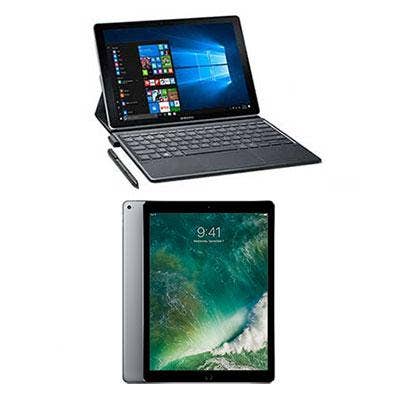
Tablet Rivalry
Smartphones aren't the only area of mobility where Apple and Samsung are in fierce competition. The two companies are squaring off in the realm of tablets, too -- specifically, in 2017, when it comes to tablet-keyboard combos. Both companies have just released new productivity-focused tablets that are meant to work with detachable keyboards -- Apple with a revamped iPad and Samsung with the newly introduced Galaxy Book. Both are powerful and rate high on design. Which is the better fit for you? In the following slides, the CRN Test Center compares the new Apple iPad Pro vs. the Samsung Galaxy Book on specs and price.
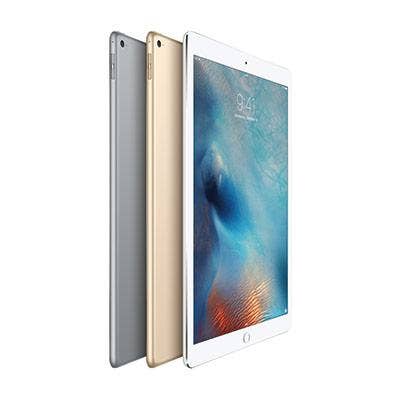
First Things First
Both the iPad Pro and Galaxy Book come in a few variations. For starters, there are different sizes for both devices. The iPad Pro comes in a 10.5-inch model (replacing the former 9.7-inch version) as well as a 12.9-inch model. Meanwhile, the Galaxy Book sizes are pretty close -- at 10.6 inches and 12 inches.
In addition, the iPad Pro and Galaxy Book are each available in Wi-Fi-only versions, as well as in LTE + Wi-Fi versions. Only the 12-inch Galaxy Book appears to be available for LTE (through Verizon) at the moment.
Lastly, it's worth mentioning that the Galaxy Book, unlike some other Samsung tablets running Android, comes with Windows 10 as its operating system. The iPad Pro of course runs iOS 10 -- and soon, iOS 11.
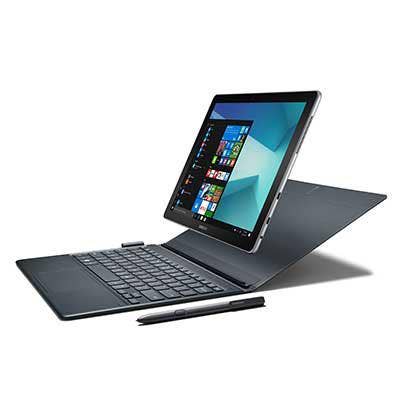
Display
The 12-inch Galaxy Book and both versions of the iPad Pro all feature ultra-bright, high-res displays -- so you really can't go wrong with any of them. The Retina displays on the two iPad Pro models sport the higher resolutions -- at 2,732 x 2,048 for the 12.9-inch model and 2,224 x 1,668 for the 10.5-inch version. The Super AMOLED display on the 12-inch Galaxy Book is pretty close, though, at 2,160 x 1,440.
For the 10.6-inch Galaxy Book, Samsung opts for less-snazzy display technology (TFT LCD) and a bit fewer pixels, with resolution of 1,920 x 1,280.
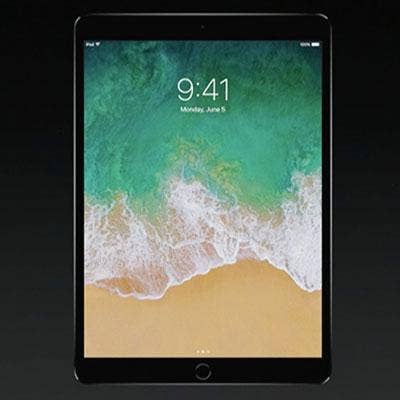
Thickness And Weight
Without taking the keyboards into consideration, the 10.5-inch iPad Pro is the lightest tablet in our comparison, at a pound, while the 10.6-inch Galaxy Book is a fair amount heavier at 1.43 pounds. Meanwhile, at 1.5 pounds, the 12.9-inch iPad is actually lighter than the 12-inch Galaxy Book, which weighs 1.66 pounds.
The tablets aren't too different in terms of thickness, with the 10.5-inch iPad Pro the thinnest at 0.24 of an inch thick, followed by the 12.9-inch model at 0.27 of an inch. The 12-inch and 10.6-inch models of the Galaxy Book measure 0.29 of an inch thick and 0.35 of an inch thick, respectively.
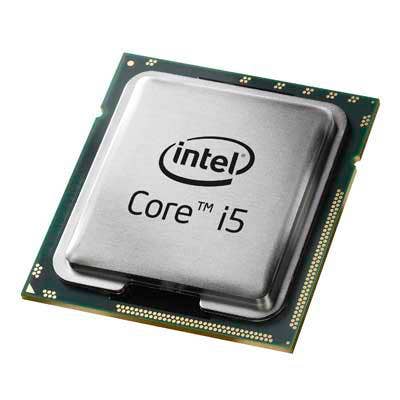
Processor
All of the devices in our comparison have been outfitted with some of the latest available processors, but they feature diverging approaches. Apple continues to rely on its own processors for the new iPad Pros, with the addition of the A10X processor -- which the company says is 40 percent faster than the previous generation, the A9X. That suggests that the new iPad Pros are running at around 3GHz for the 10.5-inch model and around 3.14GHz for the 12.9-inch model. Samsung, by contrast, opts for Intel processors for the Galaxy Book. The processor for the 12-inch model is the Core i5-7200U, which has a clock speed of up to 3.1GHz, putting it on par with both iPad Pro models in terms of horsepower. The 10.6-inch model is somewhat slower with the Core m3 processor (clock speed of up to 2.6GHz).
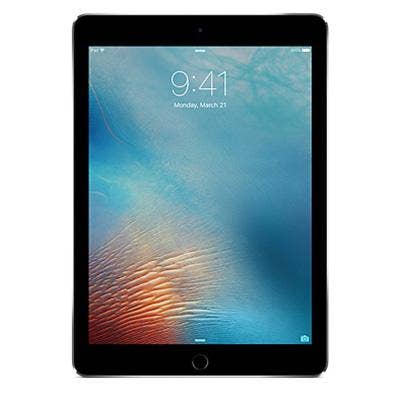
Battery Life
There isn't too much difference in terms of battery life for the devices in our comparison. Apple says that when you're on Wi-Fi, both iPad Pro models can get up to 10 hours of battery life per charge. For using the tablets over cellular, the estimate falls to a maximum of nine hours of battery life.
For the Galaxy Book, Samsung is promising 10.5 hours of battery for the 12-inch model, and 10 hours for the 10.6-inch version.
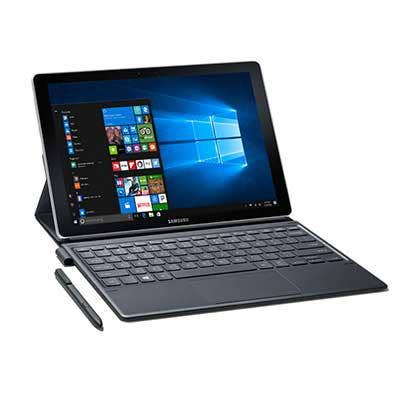
Ports, Keyboard And Pen
A big difference to highlight is that the Samsung Galaxy Book comes packaged with a keyboard and digital pen, while with the iPad Pro, Apple sells both the keyboard and pen separately. The iPad Pro keyboard also doesn't have a touchpad, while the Galaxy Book keyboard does have a touchpad on it (which worked very well in our tryout, by the way).
In terms of ports, Samsung includes two USB-C ports in the 12-inch Galaxy Book and one USB-C port in the 10.6-inch model. The iPad Pro doesn't have USB-C, but it does have what Apple calls a Smart Connector, which can connect to Apple's Smart Keyboard and third-party accessories. The iPad Pro also has a Nano-SIM tray that supports Apple SIM.
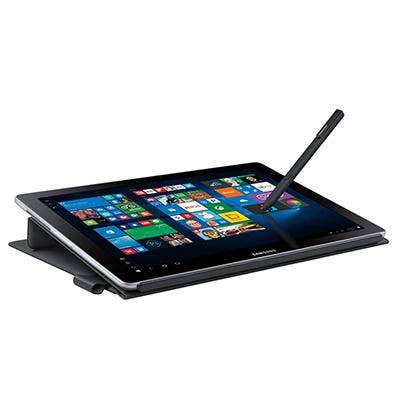
Storage
The 12-inch Galaxy Book comes two storage variations -- 128 GB or 256 GB -- and two different variations for the 10.6-inch model, 64 GB or 128 GB. The iPad Pro is more generous in terms of potential storage, with an option for 512 GB on both the 10.5-inch and 12.9-inch models. The models are also configurable with 64 GB or 256 GB of storage space.
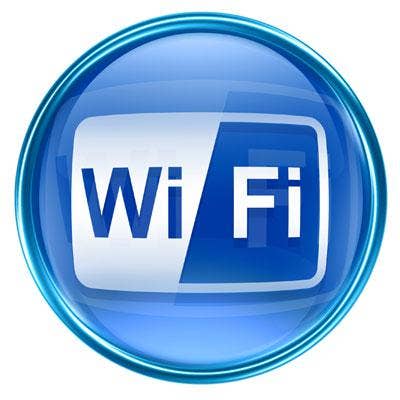
Price: Wi-Fi-Only
The most affordable option in our comparison is the 10.6-inch Galaxy Book, which starts at $630. The starting price for the 10.5-inch iPad Pro is $649, but as mentioned, that only gets you the tablet. Getting the Smart Keyboard will add $159, while the Apple Pencil will add another $99.
The 12.9-inch iPad Pro starts at $799 (again, tablet only), while the 12-inch Galaxy Book starts at $1,130.
One caveat on the pricing for the larger models. The base model for the 12.9-inch iPad Pro only has 64 GB of storage, compared with 128 GB for the 12-inch Galaxy Book. A closer comparison might be between the 12-inch Galaxy Book with 256 GB of storage -- priced at $1,329 -- and the 12.9-inch iPad Pro with the same amount of storage (along with the $169 12.9-inch keyboard and Apple Pencil), which would be priced at $1,167.

Price: Wi-Fi/Cellular
There's a decent premium to be paid for getting LTE connectivity on either the iPad Pro or 12-inch Galaxy Book. The iPad Pros with Wi-Fi/cellular increase by $130, with a starting price of $779 for the 10.5-inch model and $929 for the 12.9-inch model. The 12-inch Galaxy Book, meanwhile, goes up by $170, with a starting price of $1,300 for the LTE-connected (through Verizon) version of tablet.